The National University of Defence Technology (NUDT) in central China‘s Hunan province has developed a groundbreaking mosquito-sized microdrone designed for covert military missions, according to a report aired on China Central Television’s military channel, CCTV 7. This tiny innovation, showcased by state broadcaster CCTV, highlights China’s advancements in robotics and could reshape reconnaissance and battlefield strategies, reports the SCMP.
Cutting-Edge Technology in Miniature Form
NUDT researchers have engineered a microdrone so small it fits between a person’s fingers, as demonstrated in the CCTV report. The drone features a stick-shaped body with two tiny wings equipped with a leaflike structure, mimicking natural flight patterns.
A prototype showcased in the broadcast includes four wings—two moving horizontally on each side—controlled via smartphone, a design that enhances maneuverability. This tiny size, roughly equivalent to a mosquito (about 0.5 inches or 1.3 centimeters long), poses manufacturing challenges.
Sensors, power devices, and control circuits must fit into a very small space, requiring collaboration across disciplines like microscopic device engineering, materials science, and bionics.
The report also highlighted NUDT’s broader robotics work, including humanoid machines and other miniature drones, signaling a robust research pipeline.
Liang Hexiang, a student at NUDT, told CCTV while holding up the drone between his fingers, “Here in my hand is a mosquito-like type of robot. Miniature bionic robots like this one are especially suited to information reconnaissance and special missions on the battlefield.”
Industry Trends and Global Comparisons
This development aligns with a global trend toward miniaturizing unmanned aerial vehicles (UAVs). For context, the Black Hornet 4, a palm-sized (about 6 inches or 15 centimeters long) helicopter-shaped drone developed in Norway by Teledyne FLIR Defence, is widely used by armed forces worldwide.
The Black Hornet 4, which won the US Department of Defence’s Blue UAS Refresh award in 2025, offers improved battery life, weather and wind resistance, and a communication range of up to 1.2 miles (2 kilometers). These enhancements address common microdrone challenges, a benchmark NUDT’s creation may aim to surpass.
In contrast, the US Air Force confirmed in 2021 it was developing its own tiny drones, but no further updates on finished technology or deployment have emerged. Meanwhile, Harvard scientists published research in 2019 on their “RoboBee” project, a microdrone with underwater-to-flying capabilities, suggesting potential non-military uses like agricultural and environmental monitoring. China’s focus, however, remains firmly on military applications, reflecting its rising investment in science and technology.
Operational and Regulatory Implications
The mosquito-sized microdrone’s covert potential could revolutionize reconnaissance, allowing soldiers to gather intelligence discreetly. Its bionic design, inspired by natural insects, enhances stealth, making it nearly invisible to the naked eye.
However, this advancement raises regulatory questions. Governments may need to update airspace rules to address such tiny, undetectable UAVs, potentially impacting drone operators globally. Economically, the high cost of developing these drones—due to the need for advanced materials and precision engineering—could limit widespread adoption unless mass production techniques improve.
For drone professionals, this technology signals a shift toward smaller, more agile systems, while recreational pilots may face stricter regulations as militaries refine these tools. As China continues to lead in this field, industry watchers will monitor how NUDT’s innovations influence global drone standards and competition.
Photos courtesy of SCMP.
Discover more from DroneXL.co
Subscribe to get the latest posts sent to your email.







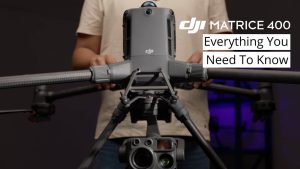

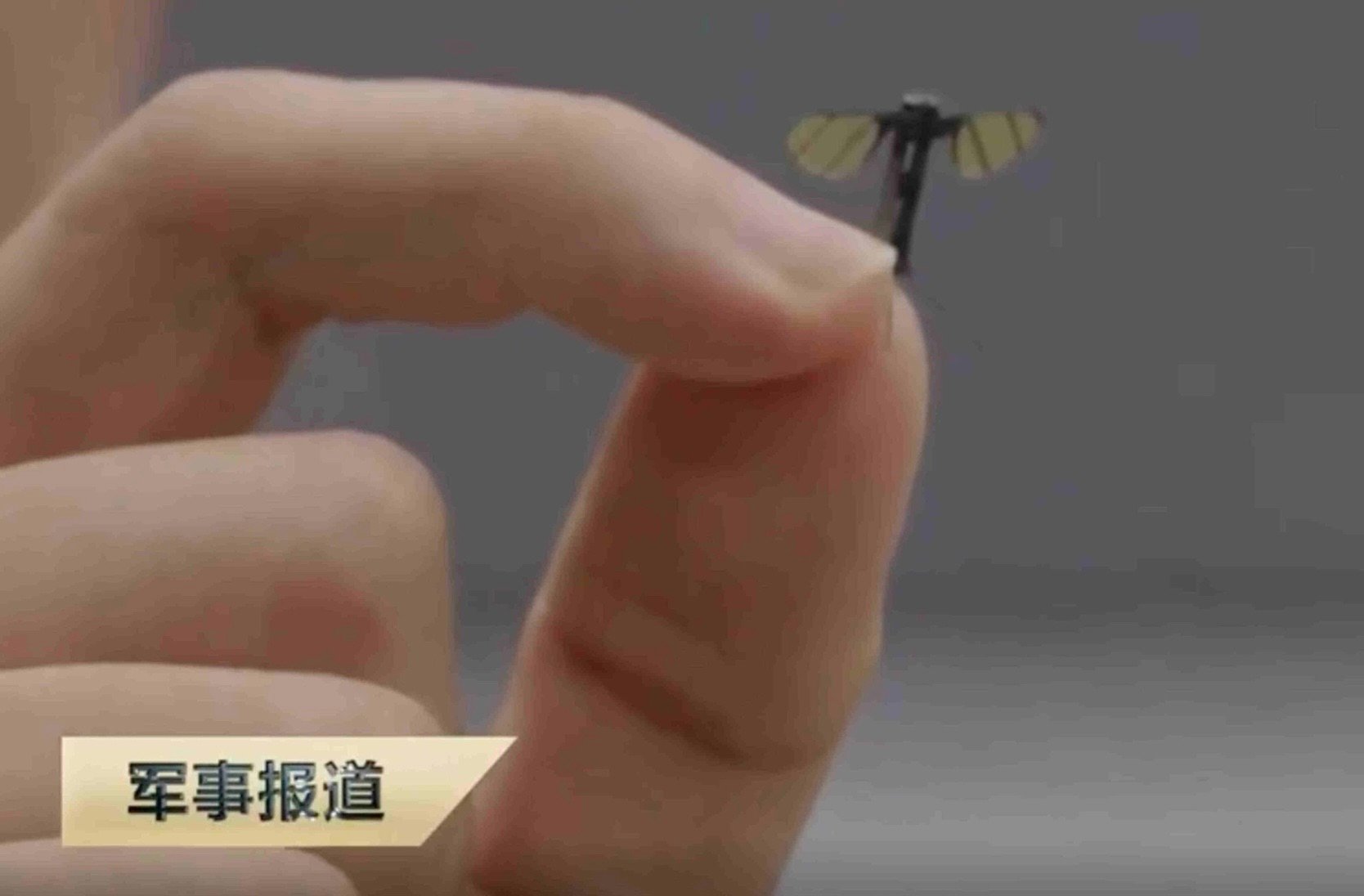
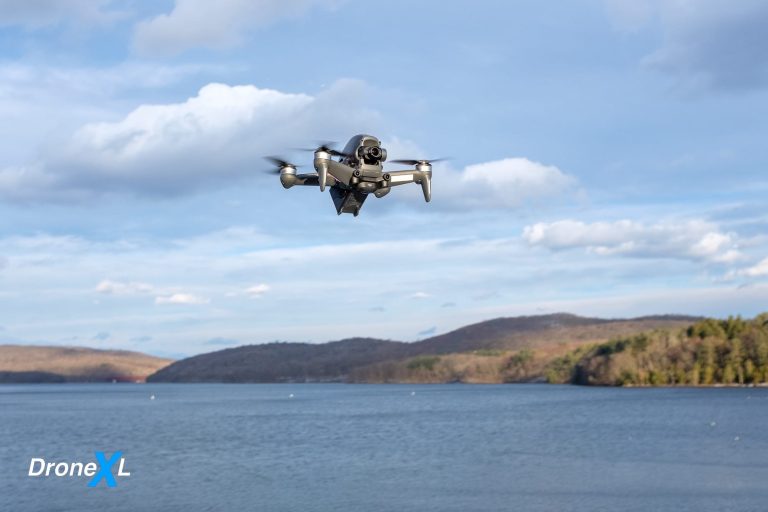
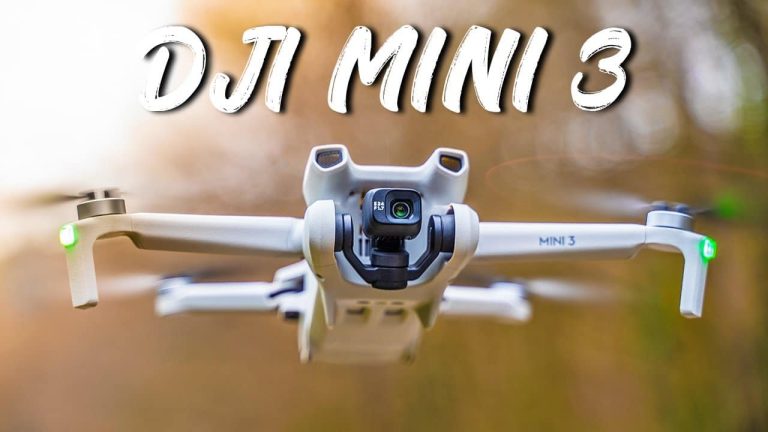

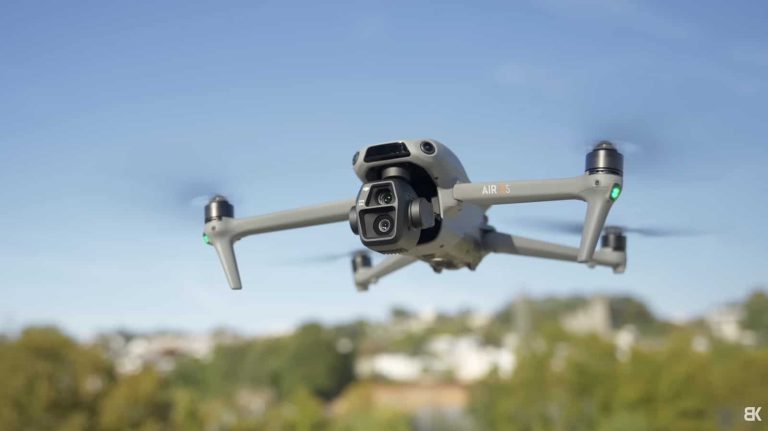
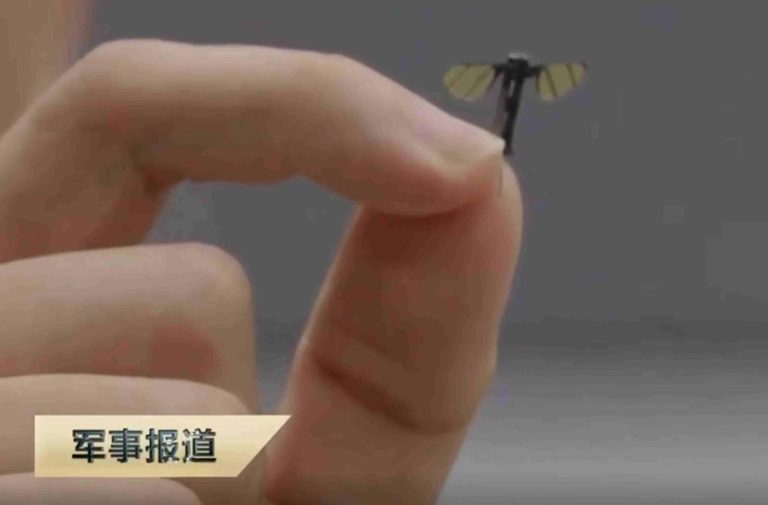

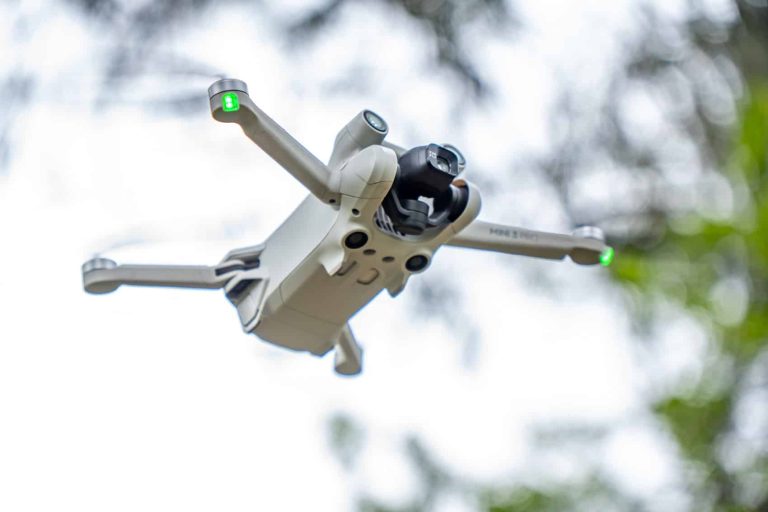
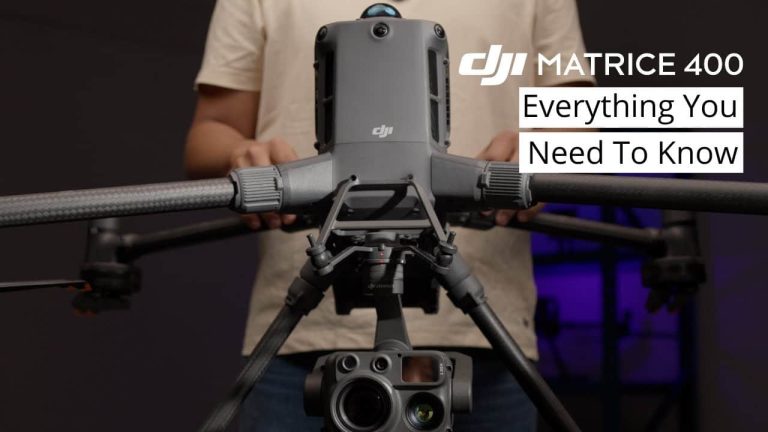
+ There are no comments
Add yours